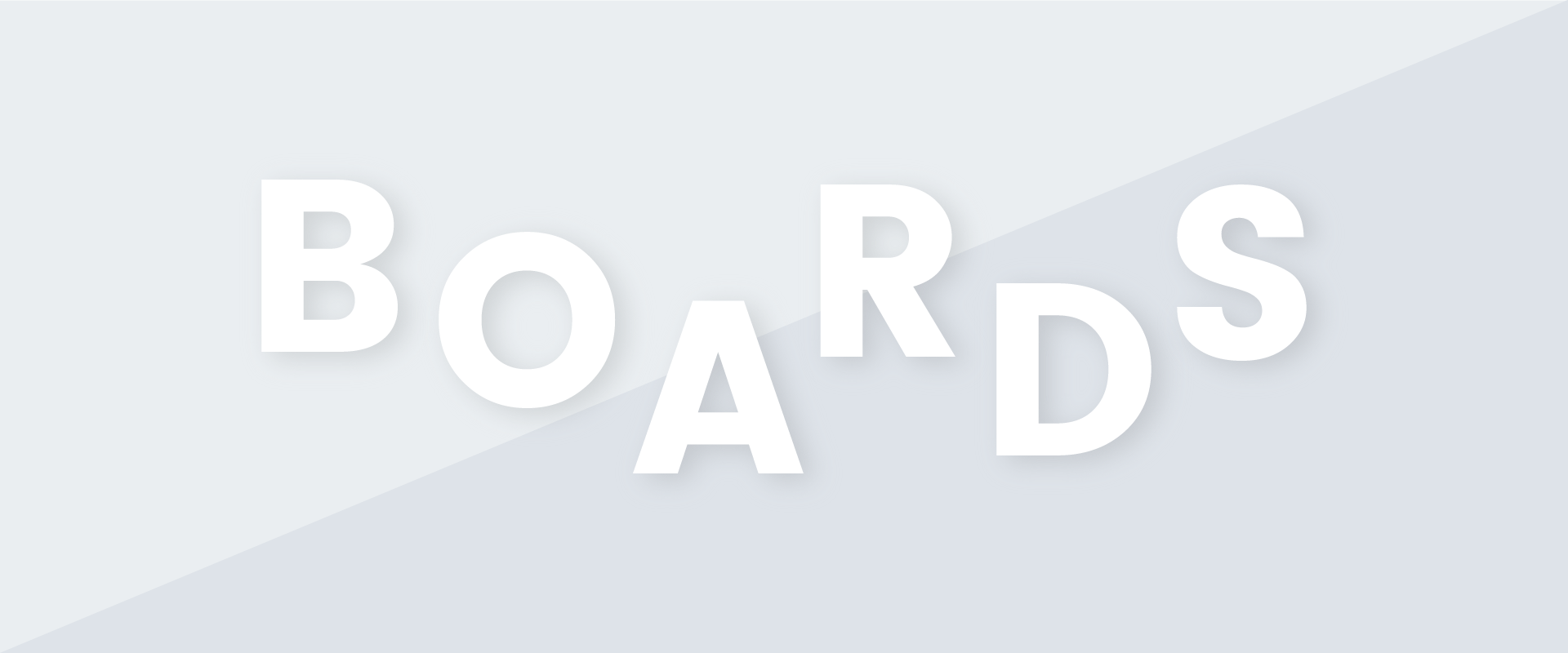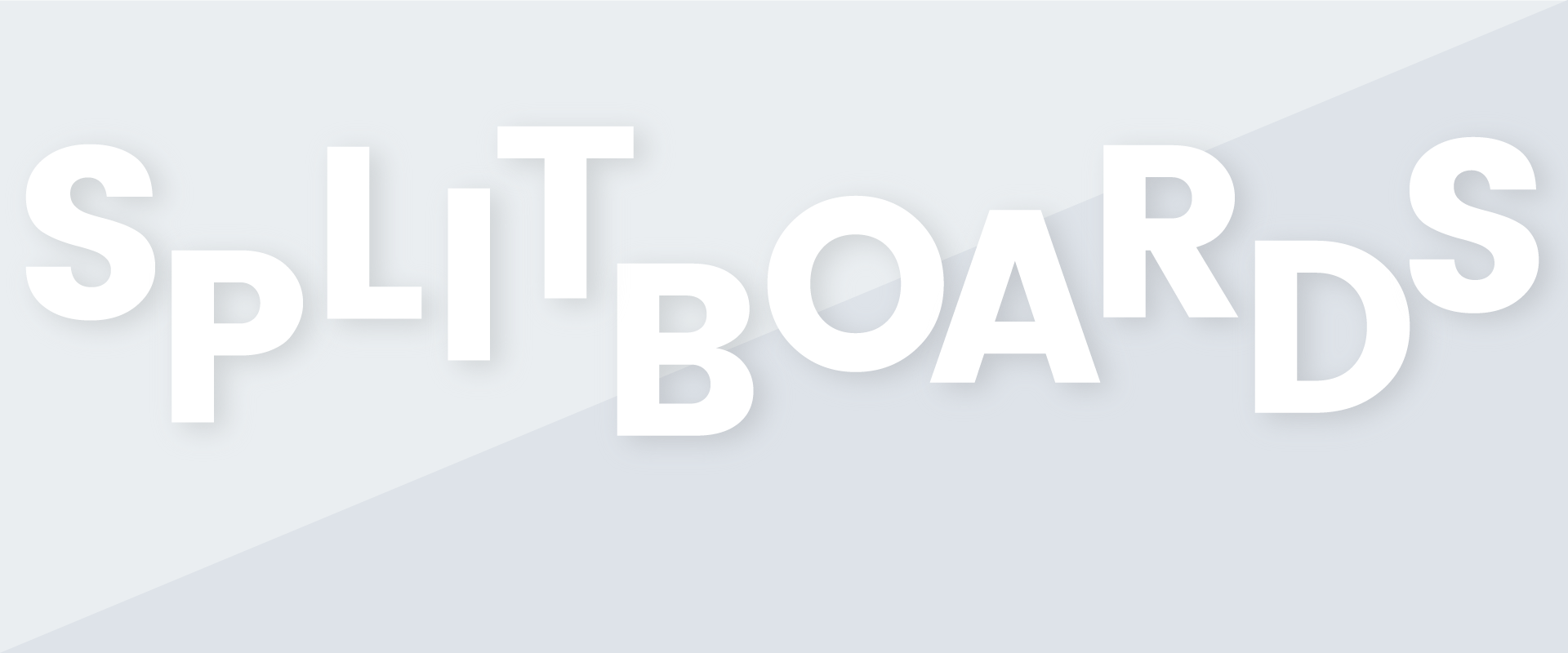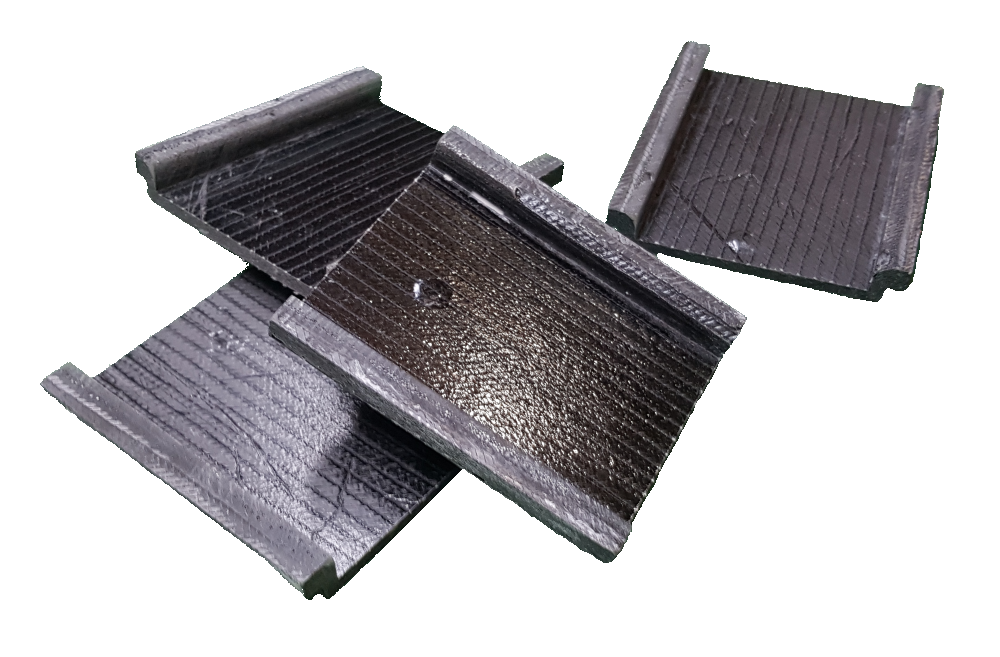Custom Gear
For 25 years Exegi has been trying to build boards and skis that are better. Boards that are more durable, have better performance, and are therefore more enjoyable to use. What has become undeniable is that the most important factor in achieving better boards and skis matching the performance envelope of the gear to the rider. Everything else is secondary. And we’re here to do exactly that for you. Click the button to start designing your own board or skis.
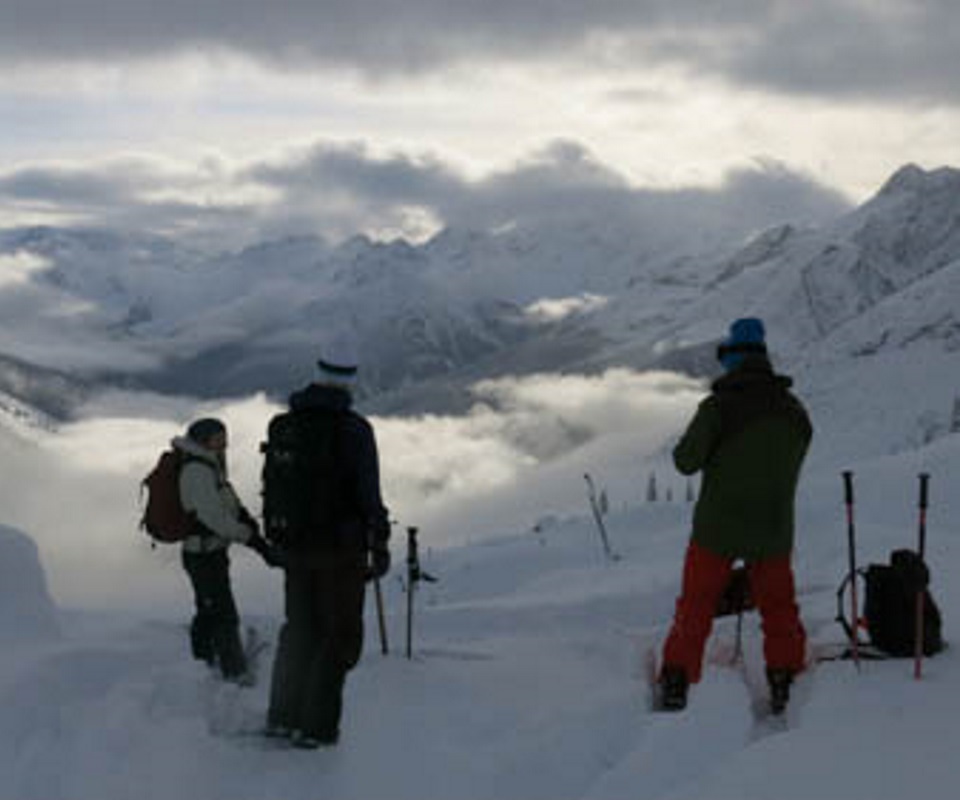
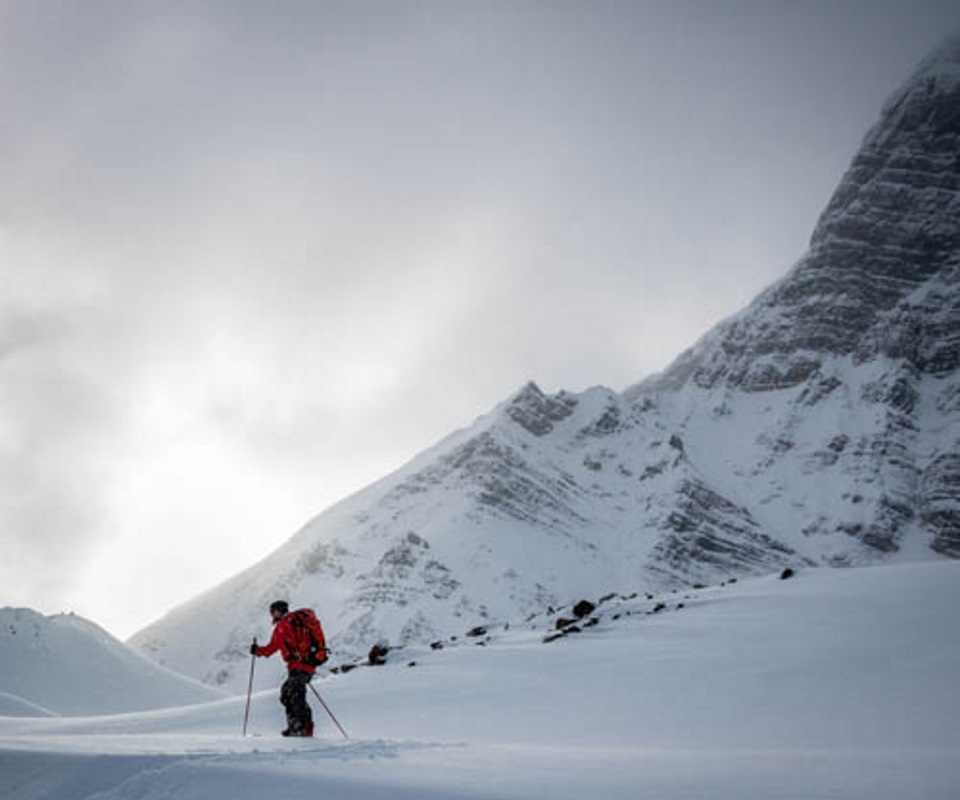
Our Technology
Exegi offers boarders, splitboarders, and skiers a unique combination of attributes that ensures that each rider gets the best board or skis for them. We build our equipment out of carbon fiber and use innovative and effective technologies to maximize performance. We commit to matching our gear to your individual requirements. Click the button to learn more about how our tech works for you.
Features
-

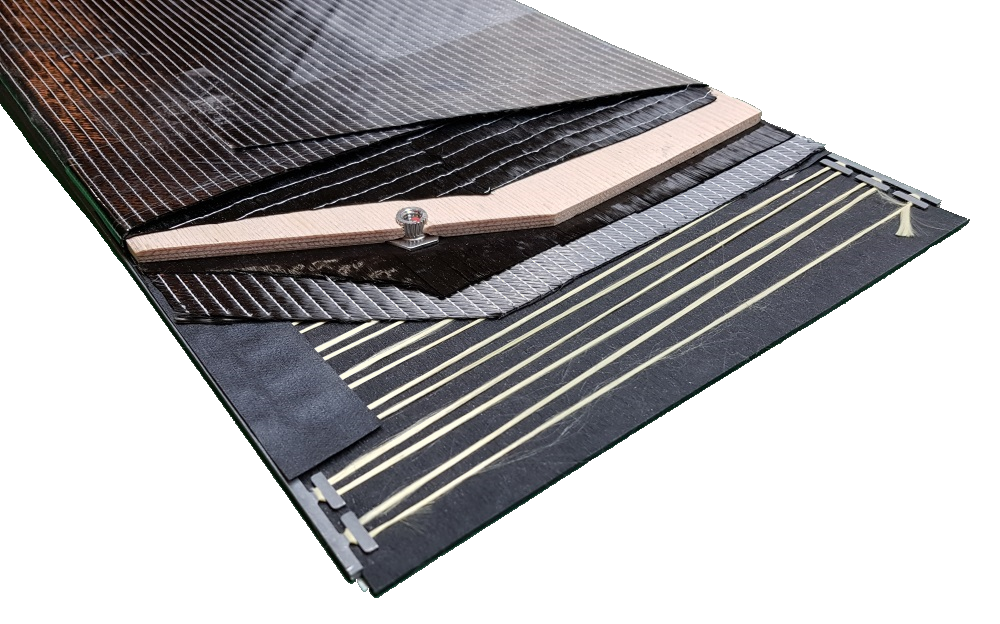
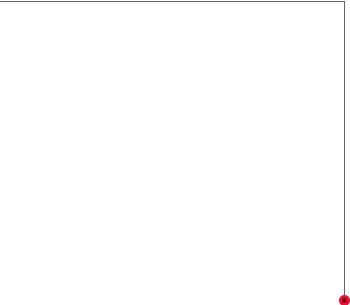 Stainless steel, M6 X 1.0 threaded inserts
Stainless steel, M6 X 1.0 threaded inserts
are used on all boards, and have custom
reinforcements based on individual use casesINSERTS AND CUSTOMIZED REINFORCEMENTINSERTS AND CUSTOMIZED REINFORCEMENT
Exegi snowbaords utilizes appropriately sized, (thickness matched to core profile) stainless steel, M6 by 1.0 threaded inserts. They are located using the "industry standard" 4X4 insert pattern (located at 40 mm centers, 40 mm apart, or at 40X20 spacings) or the splitboard equivalent. Inserts are located using the customer's preferred stance width. Inserts can be eliminated in the "I'm never going to put my feet there!" positions at individual customer discretion.
Inserts can be reinforced with fiberglass placed within the core. Snowboards are often reinforced in the binding areas to deal with binding induced stress risers. Basically, where the edges or corners of the bindings meet the topsheet or upper structural layer of the board there is a tendency for the binding to try to punch through the structural layers. For example, this can happen when landing hard on the tail from drops, "tomahawking", and the like. This tendency is enhanced when using lighter, usually softer, core materials or softer flex patterns.
Alpine and carving boards use very stiff, pointy bindings that can work like can openers when overloading the nose, launching, or doing the "shudder" to a panic stop when losing an edge at high speeds. Binding mount zones are often reinforced for individual customers based on what their predicted use of the board is going to be.
Exegi skis don't use inserts, but need to hold screws when bindings are mounted. There needs to be enough beef in the core of the ski to ensure that the threads of the binding screws have enough bite. This is especially the case in skis with lightweight cores using tech bindings that concentrate screws into a smaller area of the ski and often provide less consistent release.
Generally Exegi's skis are provided with a relatively large screw retention reinforcement and adequately strong cores in the binding zones. These are long enough to deal with most bindings and boot sole length of the customer. Gram counters are a standard option that can save weight by specifying bindings and boot sole length and where they will position the boot center referenced to the index (setback) of the ski. This is only a problem if the customer wants to sell the ski at a later date to someone with different sized feet or ideas as to how the skis should perform.
After edge smashing, most board or ski breakage is driven by issues that originate near the bindings. The recent quest for light weight and nice flex patterns for off-piste use only excaberate the situation. Exegi has the expertise and technology to address these issues for each individual rider so they have the best possible ride.
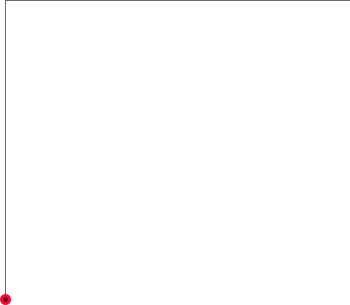 Custom horizontally laminated pre-cambered
Custom horizontally laminated pre-cambered
sitka spruce cores provide light weight, stability,
durability, consistent flex and enhanced popCUSTOM LAMINATED WOOD CORECUSTOM LAMINATED WOOD CORE
Exegi's cores are laid up for individual customers ensuring appropriate performance characteristics and the best compromise between light weight and adequate strength. Exegi uses a unique approach to building its cores. Cores are horizontally laminated from sitka spruce from 1.4 mm thick veneer. Other species are occasionally used for special cases. This is a different approach that benefits from further exploraton.
There is not much argument that making a core for a specific end use is a better way to go. Everything can be tailored to the best use cases for the customer. However there is a lot of discussion around the issues of wood type and species, wood alternatives, density, and lamination approaches. Let's break it down ...
What does the core do? Cores are variously described as everything from "something that holds the facings in place" the "soul" of the ski or board. In its simplest terms the core is a relatively lightweight component of a sandwich panel assembly. Skis and boards are fundamentally sandwich panels, they just have somewhat peculiar aspect ratios: very long for their width. They are also rare in that they vary their stiffness along their length, and sometimes across their width (or in torsion. This is most often accomplished through core variations such as varying the thickness.
Cores, therefore, need a variety of characteristics: They need to be strong and stiff enough to transmit shear loads from the top and bottom facings of the ski/board. They need to be resistant to crushing so they can resist loads imparted from the facings, and stress risers imparted from the bindings, interfaces, rocks, punctures, and core-shots. Cores cannot crush or strip when dealing with ski binding screws or inserts being tightened. They need to be machinable, that is, they need to be shaped into a variable thickness and profile relatively easily and accurately. Cores need to bond to the top, bottom, and side facings of the ski or board. Ideally, it would be great if the core weighed very little while providing adequate damping for the ski or board to make it ride nicely.
Over the years, skis and snowboards have trended towards the use of wood for cores, as opposed to foams, plastics, and honeycombs. Foams, despite their promises, seem to be have an inability to maintain their initially nice properties. That is, they break down. The manufacturers who use foam argue that there is an unfounded or unfair prejudice agains foam and plastic cores, and that properly engineered, they will be every bit as good as wood while being lighter. Unfortunately this is not yet true.
Honeycombs have been tried in the past and are making a resurgence in the "reduced swing weight" camps for tips and tails. Honeycombs are hard to bond; it can be done, but requires sophisticated cure cycle viscosity control and separate film adhesives.
Wood seems to be a pretty good compromise. Comparatively light, strong, cheap, machinable, available, bondable. Wood is also a known quantity in the fact that manufacturers have been gluing wood together for a long time and have several techniques worked out for getting the job done. Lets look at how wood works in relation to the various needs of a core ...
The core need to be stiff enough and strong enough to transmit loads without deforming, collapsing, or breaking. All wood species will accomplish this part of the job. Similarly, wood cores they will all be machinable enough, and easy enough to glue. The devil is in the details. The lighter weight woods will almost invariably be softer. This makes them less able to hold threads. This makes them more susceptible to binding and edge crush. As the core gets lighter it gets more fragile and susceptible to damage from pointy loads such as rocks, a screw thread, a binding corner, or an insert. Further, the light woods are frequently prone to moisture transmission or rot. Balsa, pawlownia, aspen, and poplar are suspect here. Using them with screws requires the use of a moisture barrier, otherwise the cores can rot from tiny ingress of water. Failures can be dramatic. The heavier species such as maple, ash, fir, and birch are better in almost every respect to the lightweights in regards to these issues.
The aspiring ski or snowboard designer quickly has to wrap their head around an few inescapable questions: How important is light weight? What am I willing to give up to get lighter? Can I mitigate the lightweight issues some other way?
First: light weight is pretty important. In high performance situations and applications reducing weight is always better if everything else stays the same. This is especially true while touring or in situations where directional changes (such as spinning tricks) are paramount. Further, the market is currently keen on light weight.
On the other hand, density and mass are the biggest variable in damping. All else being equal, skis and boards with more mass are damper and tend to ride better in choppy, cruddy conditions or at high speeds. As previously discussed, damping and durability are two factors that might have to be compromised in a quest for light weight. One could try to mitigate these effects through design or other approaches. One can add damping to lighter weight woods (or honeycombs and foams for that matter) by making other components such as rubber and binding isoluation plates heavier or more inherently damp. Cores can be designed to be strong where they need to be and light where they can be. This is reflected in many lightweight tip and tail reduced swing weight approaches currently being explored in the market.
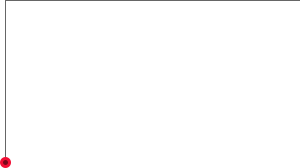 Edge tear-out is reduced by lacing Kevlar to
Edge tear-out is reduced by lacing Kevlar to
each individual edge "T" and it's partner on
the opposite edgeKEVLAR EDGE LACINGKEVLAR EDGE LACING
Kevlar is tied to each individual edge "T" and it's partner on the opposite edge. The result is edges that are much harder to pull out of skis/boards.
Kevlar is an interesting material. It is very light, whilst being shocking strong in tension. It is also very tough and damage tolerant. It is a nightmare to cut; abrasion usually results in "fuzzing" of the fibers. Using it to tie the edges of the board or ski together is effectively tying the edges together with a tough, light, flexible very strong wire that doesn't change the base profile significantly.
Typically, edges are spot-bonded to the bases of skis/boards using cyanoacrylate adhesive (Krazy Glue is a typical example). When the ski or board is laid-up epoxy will adhere the remaining edge "T"'s to the base and the sidewall/glass above it. Unfortunately, nothing really adheres well to the base materials or edges of skis and boards. Base manufacturers treat their bases so that they will adhere acceptably to a large surface, but bonds to a flexing dissimilar material like a steel edge are suspect at best.
The bond to the glass sidewall structure above the edge is better, but most manufacturers have moved to enhance this bond with rubber strips that double as adhesive enhancers and vibration damping materials. There is a mechanical bond provided by the inverted, negative of the edge "T" cast in epoxy during layup, but this bond is often smashed to dust when the rider hits bedrock.
The simple fact is that there is no way to completely eliminate rock damage to edges. Tying the edges together with Kevlar is the best alternative, but nothing's perfect. But at least with Exegi equipment your edges have a better chance to survive your next meeting with the planet.
Tip to tail unidirectional carbon fiber
provides superior strength, response,
and pop without extra weight
 Full wrap (+/-) 45 degree carbon fiber biaxial
Full wrap (+/-) 45 degree carbon fiber biaxial
reinforcement provides high torsional stiffness
for accurate sidecut geometry engagementUnique, seamless triaxial carbon fiber is wrapped around
the entire core, providing more energy transfer and
increased durability and protection CARBON WRAP
CARBON WRAPCARBON WRAP
Exegi's approach to layup and reinforcement schedules is based on customer design requirements. We use a unique, seamless methodology in both ski and snowboard construction. Exegi utilizes unidirectional carbon reinforcement from tip to tail on all skis and boards. The entire core is then wrapped in a stitch-bonded (non-crimped) reinforcing fabric, offset in relation to the unidirectional fibers. The reinforcement weight is varied according to use case. This results in a triaxial reinforcement that is tuned to the individual use case in the particular ski or board.
The core is wrapped with (+/-) 45-degree fibers with the seam positioned in the middle of the top of the ski/board. This accomplishes three things. First, having a single seam, far from the edges, dramatically reduces the chances for delamination due to damage. Most structural failures of boards and skis are the result of an originally limited delamination propagating along a bond line. Wrapping the fibers around the core eliminates seams where the propagation can occur. The overlap in the center also helps with screw retention in skis, and helps with binding edge stress risers on boards. Second, the fibers transmit stresses and loads more effectively than bonded in plastic, wood, ureathane or other sidewall alternatives. This resusts in more energy transfer, better edge grip, and more responsiveness. Finally, the core is effectively sealed from water intrusion.
Exegi is a strong believer in the benefits provided using this construction. It is stronger while being lighter, more damage resistant and more tolerant to damage once it happens. Performance is enhanced. The natural quesion is: Why isn't everyone using this approach? The answer, as usual, comes down to balancing the costs and the effort required versus the benefits. Other ways of building boards are easier to do and cost less. Exegi does it this way because the advantages outweigh the difficulties and the results make it worthwhile.





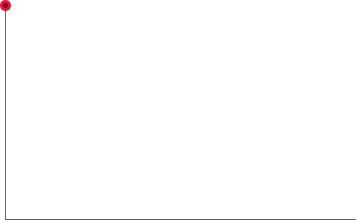 One piece, sintered, graphite infused, racing bases
One piece, sintered, graphite infused, racing bases
give the best wax absorption, durability and speedSINTERED GRAPHITE RACING BASESSINTERED GRAPHITE RACING BASES
Sintered bases have higher molecular weight and density than extruded bases. They are harder, and this allows them to resist damage more effectively. This hardness comes with a surprising side-effect: they absorb wax better than extruded bases, which means they are faster. The graphite allows the material to better dissipate static charge. This helps to conserve speed in colder and drier conditions. Surprisingly, speed in drier, colder snow is most affected by static charge. This effect is increased as temperature and moisture decrease.
Exegi exclusively uses one piece bases. We refuse to cut up the base of a ski or snowboard to enhance graphic appeal. We consider durability and speed to be of primary importance.
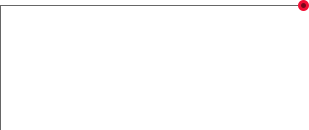 A Rockwell hardness of 48 on these
A Rockwell hardness of 48 on these
2-mm steel edges makes them durable
and hard enough to stay sharpSTEEL EDGESSTEEL EDGES
Two-millimeter steel edges are the industry standard. Exegi uses Kevlar to tie them together and ensures that there is adequate side-edge reveal to sharpen the edges many times. Care is taken in construction to keep edges and bases level and flat to avoid a thin base or edge situation. This will allow multiple future base grinds without performance compromises. Edges are positioned directly underneath and in line with the largest concentration of carbon fiber in the board or ski. This helps to support the edge in cases of impact.
 VDS rubber enhances the composite
VDS rubber enhances the composite
materials bond while providing damping
for a smoother, longer lasting rideVDS RUBBER FOILVDS RUBBER FOIL
Exegi uses thin rubber strips between the edges and the overlaying fiber rienforced materials in the ski/board. This serves two purposes: First it enhances the bond between steel (the edge) and the ski or board. This is because, largely, the bondline is allowed to shear slightly when the board/ski flexes. Secondly, because there is a bit of shear in this layer there is some effective damping provided.
VDS rubber foil helps provide a better bond for the edge and a smoother ride.
For a better understanding of the material and its uses please check out Lindsay Rogers' article on VDS rubber foil. Lindsay's the man, and all-round good guy.
Carbon Fiber
Exegi uses carbon fiber to build its custom boards and skis. Appropriately used carbon fiber is something of a miracle material. Check out some of the benefits:
RESPONSIVENESS
The highly directional nature of carbon fibers allows for nearly infinite variations in tuning flex, and the production of skis and boards that are responsive and fun to ride
LONG LIFECYCLE
Our carbon fiber equipment is fatigue resistant and keeps its as-good-as-new qualities longer than fibreglass or metal

DAMAGE TOLERANCE
The carbon fiber and epoxy configuration in our skis and boards can handle the wear and tear of riders pushing their limits
BLEEDING EDGE
Carbon fiber is the go-to material for all kinds of high performance manufacturing, including auto racing, bicycles, tennis, aerospace, tennis and golf

